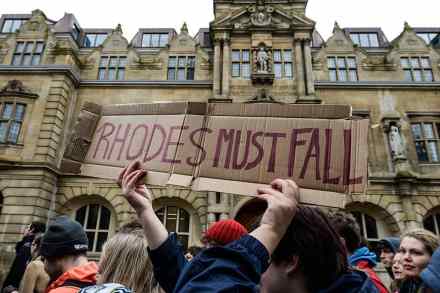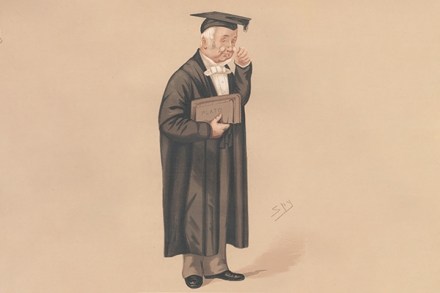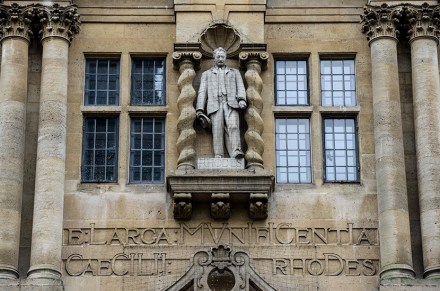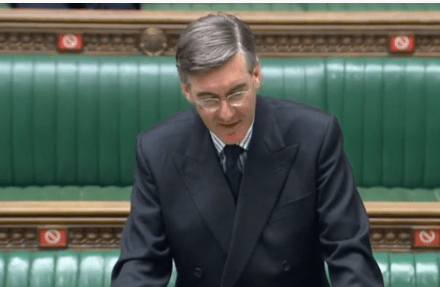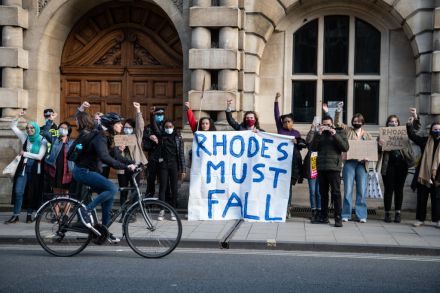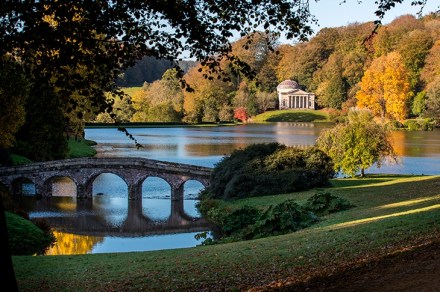Rhodes, Columbus and the next heritage battle
On 12 October this year, Columbus Day, a statue of the Italian in Belgrave Square was vandalised by activists from Extinction Rebellion who described Columbus as ‘father of the slave trade’. Entirely ignorant of his life and ambitions, Columbus’s critics frequently turn to the searing denunciations of Bartolomé de Las Casas who excoriated the Spanish policy towards the native peoples of America. They are unaware that Las Casas was a great admirer of Columbus, and that this friar, who felt such pity for the native Americans, actively recommended the mass importation of black African slaves as an alternative labour source. In the same week as the Extinction Rebellion stunt a
